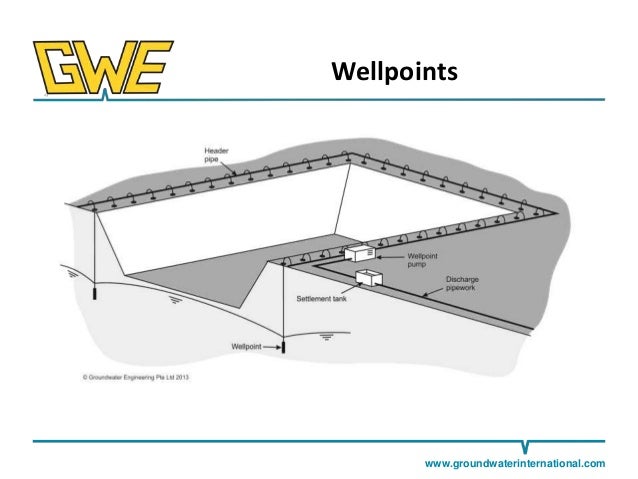

The use of energy stored in the ground can result in savings of 80% on cooling and 30% on heating. The reason for this is, unlike the closed-loop system, the temperature of the water circulating through the GWHP system is close to the mean groundwater temperature. Compared to closed-loop systems, the GWHP can achieve a higher heat exchange rate (HEX). The ATES consists of one or more pairs of groundwater wells. The GWHP consists of aquifer thermal energy storage (ATES), a heat pump unit, and a terminal air conditioning system. The groundwater heat pump (GWHP), a type of ground source heat pump (GSHP), uses heat energy stored in the aquifer to heat and cool buildings. The system that transfers energy in the opposite direction is called a heat pump. In nature, heat is transferred from a higher temperature to a lower temperature. As a clean, reliable, and abundant source of energy, it imposes itself as a solution to the problem of global warming, pollution, and rising prices of fossil fuels. Geothermal energy is a renewable and sustainable energy source, 50 thousand times larger than all oil and gas resources in the world. Results show that not only distance between the wells, as the main parameter that affects the system, but also industrial utility lines can have an influence on thermal field breakthrough. Utility installation seepage influence was differentiated by the increase in groundwater electrical conductivity measured at the pumping wells. Mapping the obtained data revealed significant temperature breakthroughs from the recharge wells, as well as local temperature field deviation near the sanitary and precipitation drainage collectors. Probe type GSR 120 NT manufactured by Eltratec, Slovenia, is capable of monitoring level, temperature, and electrical conductivity, including telemetric data transfer to the remote server. For the needs of this research, precise electronic sensors with data loggers were installed inside the wells. Geological and hydrogeological conditions at the site are highly favourable regarding the groundwater temperature and aquifer parameters. An example is given of a system designed for a production hall in the northern part of Croatia. This paper presents some aspects of the groundwater heat pump (GWHP) system’s design and addresses a particular problem on the influence of recharge temperature field as well as local utility lines on the pumping well water temperature. Due to the water table depth below the surface, atmospheric conditions have a negligible effect on the temperature of groundwater, resulting only in minor annual temperature variations, thus also making groundwater a source of reliable renewable energy. Groundwater has excellent energy potential from various factors, of which environmental acceptability stands out, as groundwater is considered a source of renewable energy. The utilization of groundwater is becoming increasingly popular for heating and cooling buildings, as well as to regulate the temperature needs of industrial processes.


 0 kommentar(er)
0 kommentar(er)
